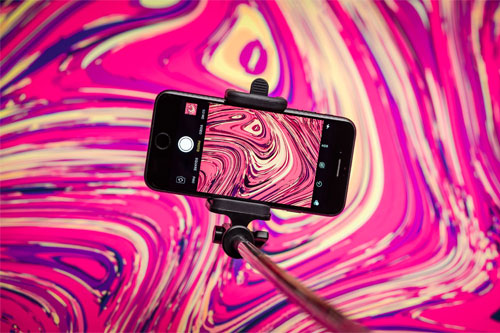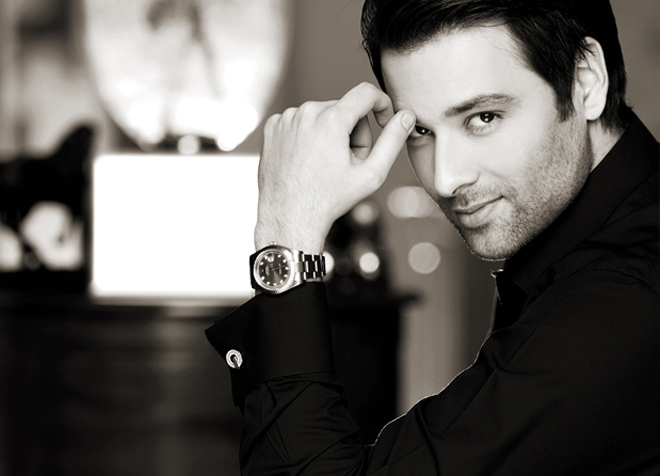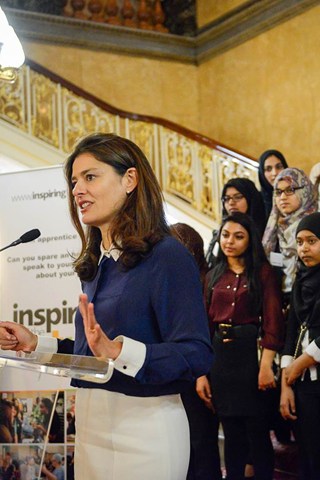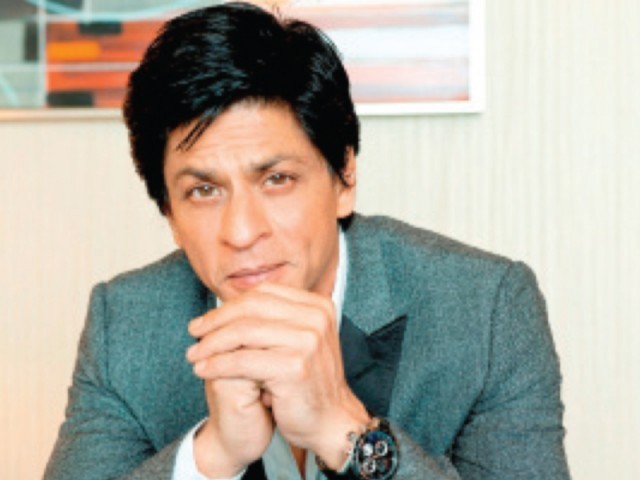|
Selfie obsession: 'Deadly' trend needs to be declared health hazard
|

|
 |
| |
Selfies have been called everything from an artform to narcissistic and a sign of a dysfunctional society.
They can also kill.
When people go to extreme lengths to take an image to share on social media – perhaps in remote or picturesque locations – they can risk their lives.
So we need to move beyond describing selfies as a social phenomenon, fuelled by the rise of smartphones and social media.
We need to treat dangerous selfies as the public health hazard they really are.
Certain picturesque locations have been linked to selfie deaths. This includes Yosemite National Park in California. In Australia, we’ve seen people die at places including cliffs, natural pools and waterfalls.
These are not isolated incidents.
One study found 379 people worldwide were killed due to selfies between 2008 and 2021, with even more injured. Incidents are more likely in young adults, particularly males.
Many are travellers or tourists (particularly in Australia and the United States). In Australia and the US, selfie takers tend to be injured or killed while solo, and commonly in locations very difficult for emergency services to access. In countries such as India and Pakistan, selfie takers are more likely to die, tragically, as a group, especially near bodies of water, such as lakes.
Researchers have called for the introduction of “no selfie zones” around hotspots, such as tall buildings. Russian and Indian authorities have introduced these. Russia has launched a “safe selfie” guide.
But it’s not clear how effective these strategies have been. If anything, selfie incidents seem to be increasing globally.
The media often portrays people involved in selfie incidents as foolish or selfish.
This seems to confirm our research showing media reports often blame the victim. Reports almost never provide safety information.
But taking selfies is a normal part of everyday life for millions of people. We need to stop judging people who are taking risky selfies, and instead see risky selfies as a public health issue.
We’ve had similar problems with other activities we now see as
public health hazards. These include driving without a seatbelt, riding a bicycle without a helmet, smoking cigarettes or excessive alcohol consumption. These are all examples people once considered “normal”, which we now see as risky. Taking dangerous selfies needs to be added to that list.
By thinking of these selfies as a public health issue, we move away from victim blaming and instead need to effectively communicate risk to selfie-takers.
One example relates to the popular selfie hotspot, Figure Eight Pools in the Royal National Park, New South Wales, where people can be overwhelmed by big, “freak” waves. Authorities have produced a colour-coded risk rating that takes into account ocean and weather conditions. People can go online to see if the risk of going to the pools is “very low” to “extreme”.
If we think of these risky selfies as a public health issue we also move towards education and prevention.
Signs at selfie hotspots are one thing. But we know signs are often ignored, or simply not seen.
So we need to better communicate safety messages to selfie takers when and how they will actually take notice.
Our research with Instagram aims to do this by communicating directly to selfie takers through the Instagram app. The aim is to tailor safety messaging to Instagram users by geolocating them with known risky selfie spots – sending users a safety alert in real time.
With the right communication strategy, we know we can reduce the number of these entirely avoidable tragedies.
1. Think about weather and water conditions
Weather and coastal conditions can change rapidly. Just because the weather and waves don’t appear dangerous when you start your selfie journey, they might be when you get there. Check before you go, avoid bad weather, and keep a close eye on tidal and wave conditions.
2. Don’t walk past safety signs and physical barriers
Warning signs are there to provide life-saving information. Pay attention to signs and heed their advice. Don’t jump or go around any physical barriers blocking access. They are likely there for a good reason.
3. Stay on the designated path
Staying on paths and trails is safest and also does fragile ecosystems a big favour.
4. Don’t get too close to the edge. Be aware of crumbling edges
Don’t trust cliff edges and be aware of unstable ground. Cliff edges are naturally eroding and your extra weight doesn’t help. People have died from cliff edges crumbling away while standing on them.
5. No amount of ‘likes’ is worth your life
Consider your motivations for taking selfies and using social media. Studies show spending time in nature is good for our health. But the world looks better when not viewed through a screen.
|
|
Courtesy - Geo News
|
|
Updated: 3/5/2023
|
|
|
|
|
|
|
|
|
|
|
|
|
|
|
|
|
|
|
|
|
|
|
More Entertainment News
-

'I didn't offend our culture': Ushna Shah apologises after sharp criticism on bridal dress
-

Sanam Saeed Tie Knot with Her Childhood Love
-

Reason Behind Mahira's Casting against King Khan
-

Meekal Zulfiqar Reject Bigg Boss Offer
-

Priyanka Chopra rises to the challenge
-

Bollywood’s ‘hungry young woman’
-

Ranbir Kapoor is Mawra Hocane’s “#Internationallove”
-

Sajal Ali in Dancing Mood - Behind the Scene Story
-

Inspiring Women In Fashion
-

India goes Crazy over Mahira after Fawad
-

Fawad Khan fifth most popular actor in Bollywood
-

Katie Holmes on the brink of renewal
-

SRK turns 49, looks forward to 50th birthday
-

Ali Zafar bonds with Amitabh Bachchan on KBC
-

Ayesha Omar Refused to Perform in Indian Drama
-

ESSENSE OF AUSTRALIA BRIDAL COLLECTION
|
|
|
|
|
|
|
|

|
Yellow Mehndi Dress
Dulhans Mehndi dress in Pakistan is usually in yellow colour ,yellow pure chiff ...
|
|

|
Dull Orange Dress
Umbrella Frocks look style is a popular type of salwar kameez. It is fashion tr ...
|
|

|
Purple & Yellow Dress
Angrakha dress has been designed in a real stylish way which features golden beautiful heavy work on kameez which enhance the beauty of a wearer...It has very unique shade of purple and pink stones & sequins work in dull gold & silver...
|
|

|
Mint Color Dress
Mint color pure chiffon long shirt adorned with floral embroidery enhance with silver embellishment looks amazing , beautiful color contrast of shocking pink piping on edges...Lovely work of sitara , dabka and beads on gala and motifs on damaan...
|
|

|
Blue Bridal Dress
Beautiful purplish blue paneled chiffon shirt front open with heavy zardozi work ..It has very unique shade of purple with embroidery work and sequin work ... Hand work done in gold shades is also fantastic with banarsi touch..The heavy work consists of sequen, zari, kundan, dabka, cut dana...
|
|

|
Fawn Chiffon Dress
Fawn long dress of chiffon having kaliyan and immaculate work made of lovely fabrics..Embellishment work made with: Sequins, beads, dabka with new trend work on gala with diamantes hand work...The various round coils are used in this embroidery...
|
|
|